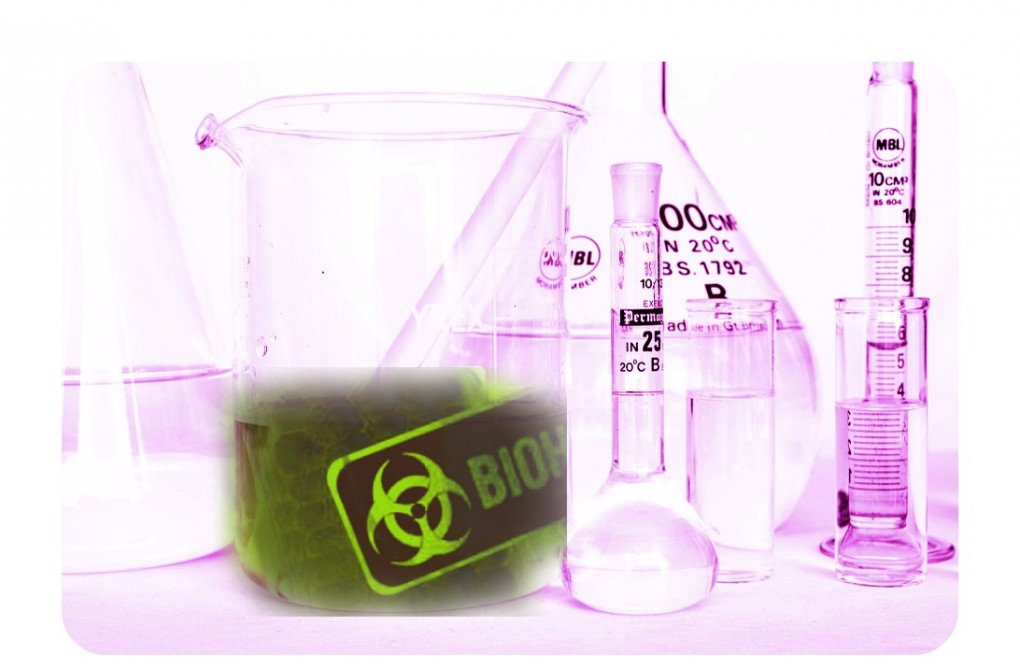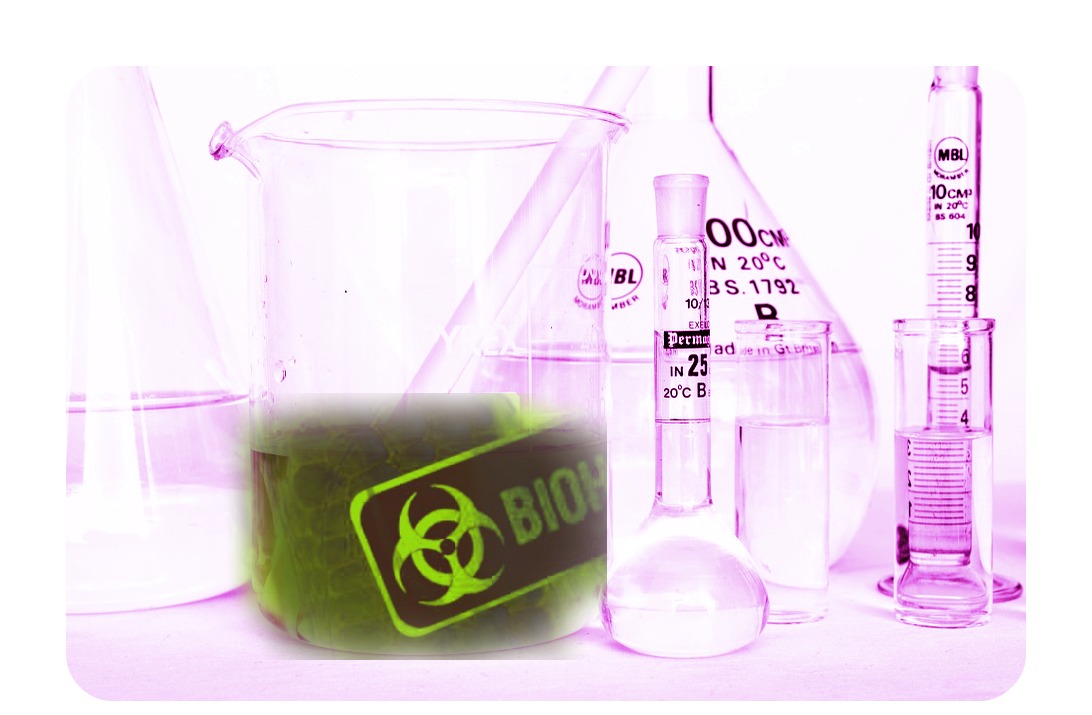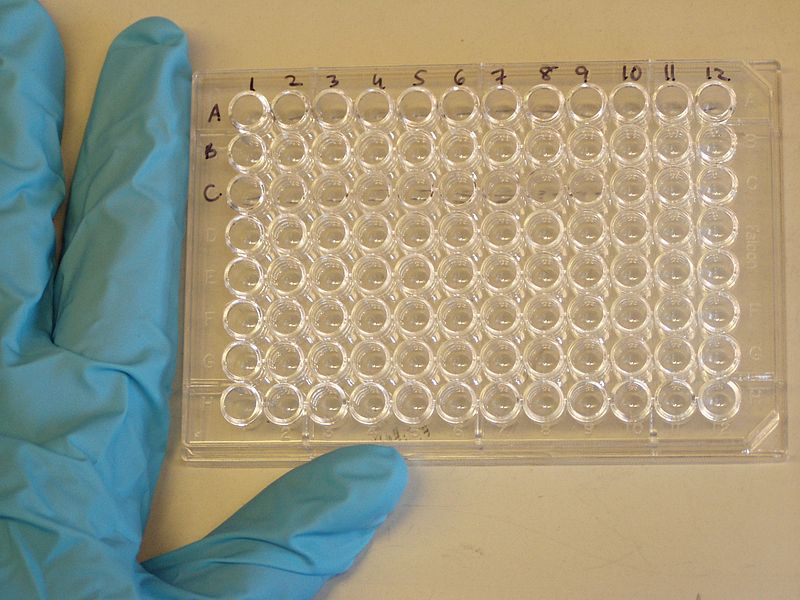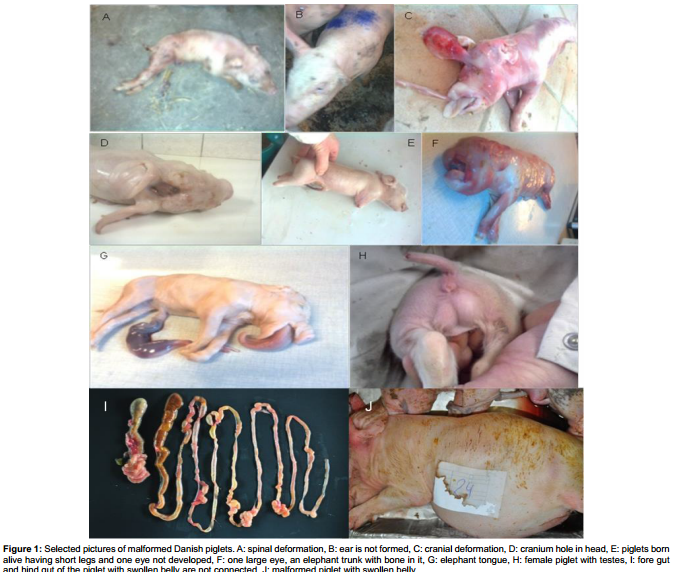3 Times That Glyphosate Testers Beat Blind Science
With the proliferation of corporate-funded science, it’s no wonder that genetic seed monopolies like Monsanto, DuPont, Bayer and BASF are caught again and again funding research to ostensibly solve the problem of global bee decline.
Coincidentally, those funded initiatives often point to everything but pesticides for harming pollinators, animals, the environment and humans. The elephants in the room (neonicitinoids and glyphosate herbicides) are often ignored and scientists who dare to “see” them are labeled as kooks, incompetent or conspiracy theorists. Even though the burden of safety is on the company making the product, chemical pesticide makers seem to have been bedazzled both regulatory agencies and scientists. This unfortunate lack of responsibility shifts the burden of safety on to the unwitting farmer or consumer who is told repeatedly by the company that the product is safe.
If Science is Shackled – What Are We To Do?
Some researchers like Professor Gilles-Eric Séralini risk ridicule and rejection if they follow a scientific study through with integrity. A number of scientists are standing up at the risk of their prestigious careers. But the majority who are studying through universities or foundations are pressured to get the “correct answer,” i.e., the answer sponsors like Monsanto and DuPont want.
Widget not in any sidebars
As it turns out, farmers, organizations and laboratories are taking matters upon themselves by using independent, decentralized methods of toxicology testing. Testing kits are available that have been famed for helping solve crimes, detect disease quickly, sample urine, blood, breast milk, tissue or plants from living animals, humans and plants to detect the targeted substance. They have been used to detect toxins at death and detect substances in a variety of liquids. They are used in medical and plant pathology as well as industry quality checks.
You may recognize the method as a girl’s name: ELISA. ELISA is an acronym for enzyme-linked immunosorbent assay. The “wet-lab” type test uses a solid-phase enzyme immunoassay to find an antigen in a liquid. A series of mixtures and “linking” gets to the final results where a color change might be observed.
Here’s a diagram that shows an overview of the process:
So now you may be wondering – how was this test used to find glyphosate in the most unwelcome places?
3 Times That Glyphosate Testers Beat Blind Science
The first case is on the tragic and bizarre side but goes to show how blind science can be when they eschew what is essentially an autopsy and toxicology report!
In April 2014, a Danish farmer was compelled to use GMO-soy for his pig herds for the first time as he had run out of his conventional supply. His sows lost their appetites and the piglets immediately developed diarrhea. Suddenly, there were reproductive problems in the sows and the piglets were coming out disturbingly malformed. He brought 38 of them into a lab as part of a research project Danish and Egyptian researchers which later became “Detection of Glyphosate in Malformed Piglets” published in Environmental & Analytical Toxicology.
ELISA tests found that all organs and tissues of the euthanized one-day old piglets contained glyphosate, a main ingredient in RoundUp and used heavily on GMO crops. The feed supplies were analyzed at varying times and the amounts of glyphosate in them matched the severity of the malformations and glyphosate content in the piglets. (Read more)
The second case, also in April 2014, involved the activist organizations Moms Across America and Sustainable Pulse with support by Environmental Arts and Research.
This test led to a rattling headline:
World’s Number 1 Herbicide Discovered in U.S. Mothers’ Breast Milk
Urine Testing also Shows Levels over 10 Times Higher than in Europe
Water Testing shows 70% of American Household’s Drinking Water Positive for Above Detectable Levels
It was the first ever testing on glyphosate herbicide in the breast milk of American women. ‘High’ levels of glyphosate were found in 3 out of the 10 samples tested. It refuted the regulatory and industry lines that glyphosate does not bio-accumulate. The levels found in the breast milk testing of 76 ug/l to 166 ug/l were 760 to 1600 times higher than the European Drinking Water Directive allows for individual pesticides. The EPA allowed a limit of 700 ug/l maximum contaminant level (700 parts per billion), but that is only because they dismissed entirely the notion that the substance could build up in the body. Glyphosate has been linked to breast cancer in parts per trillion.
It wasn’t intended to be a scientific study in and of itself, but to stoke more research as breast milk goes directly to small infants. Interestingly, the mothers involved in the study strove to avoid eating GMOs which made the organizations wonder what the glyphosate levels would be for the average, unaware consumer. They did find that women who ate no GMOs for several months to a few years had no detectable glyphosate levels in their breast milk.
In 2015, GMO Free Lancaster County did their own human breast milk test with ELISA, and a mother who had used glyphosate during pregnancy had a baby born with neuroblastoma.(Read more)
Scientifically Proven Method to Reverse Diabetes (Ad)
The last case done in January 2014 brings us back to the aforementioned Danish and Egyptian researchers. They tested the urine of humans, cows, wild hares and domesticated “fattening” rabbits. They also used ELISA on tissue and organ samples.
They raised their eyebrows at the following results:
- Glyphosate was detected in different organs of slaughtered cows as intestine, liver, muscles, spleen and kidney.
- Cows kept in genetically modified free area had significantly lower glyphosate concentrations in urine than conventional husbandry cows.
- Fattening rabbits contained more glyphosate – they thought hares would contain more as they run into the fields after crop spraying.
- Glyphosate was significantly higher in urine of humans with conventional feeding versus organic.
- Chronically ill humans showed significantly higher glyphosate residues in urine than healthy population.
They concluded:
Presence of glyphosate in urine and its accumulation in animal tissues is alarming even at low concentrations.
Conclusion
As you can see, scientific methods are indeed available for readily detecting toxins in plants, humans, animals and the environment in order to truly figure out if a product is safe or not. So then, why aren’t these methods employed more often?
Maybe the real question given the studies above should be – why are dangerous pesticides still on the market?
ELISA photo by Jeffrey M. Vinocur (Own work) [GFDL, CC-BY-SA-3.0 or CC BY 2.5], via Wikimedia Commons
ELISA diagram by Cavitri (Own work) [CC BY 3.0], via Wikimedia Commons
About the Author: Maggie Martin is completing her PhD in Cell Biology, works as lab tech forMybiosource.com and contributes content on Biotech, Life Sciences and Viral Outbreaks. Follow on Twitter @MaggieBiosource









